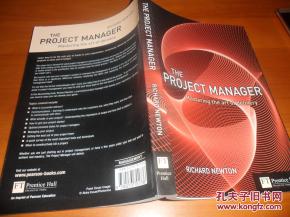The Art of Bait Preparation and Effective Fishing Techniques
Fishing, an ancient pastime, continues to captivate anglers around the world. The allure of the sport lies not only in the tranquility it offers but also in the challenge of understanding and outsmarting the fish. One of the key elements in this grand puzzle is the art of bait preparation. In this article, we delve into the intricacies of how to prepare your bait and some essential fishing techniques that can help you become a more successful angler.
Understanding Fish Behavior and Preferences
Before we dive into the specifics of bait preparation, it's crucial to understand the behavior and preferences of the fish you're targeting. Different species have varying tastes and feeding habits. For instance, bass are attracted to bright colors and moving baits, while catfish are more likely to be lured by the scent of bait. By understanding these preferences, you can tailor your bait preparation to increase your chances of a successful catch.
Choosing the Right Bait
The choice of bait is a critical factor in fishing success. Here are some common types of bait and their uses:
Live Bait: Live bait, such as worms, minnows, and crickets, can be highly effective. They mimic the natural prey of fish and are often irresistible. However, live bait requires careful handling to keep it alive and lively.
Artificial Lures: Artificial lures come in various shapes, sizes, and colors. They can be used to mimic a wide range of fish prey, and they're often favored for their versatility. Lures can be fished in different ways, from casting to trolling, to increase the likelihood of a bite.
Natural Bait: Natural baits like fish, chicken liver, or corn can be effective for certain species. They are especially useful in areas where live bait is scarce or illegal to use.
Preparing Your Bait

Once you've chosen your bait, it's time to prepare it. Here are some tips for preparing different types of bait:
Live Bait: Keep live bait in a well-aerated container with water to ensure it stays lively. For worms, a small hole in the bait container can help them breathe. Minnows can be kept in a small tank with aeration.
Artificial Lures: Artificial lures often require a bit of preparation. You might need to tie them on, adjust their weight, or even change their color. Always check the lure for any damage before using it.
Natural Bait: Natural baits like fish or chicken liver can be cut into pieces or minced to increase their scent. This scent can attract fish from a greater distance.
Fishing Techniques
Now that your bait is prepared, it's time to apply some fishing techniques:
Locating the Fish: Before you start fishing, it's important to locate the fish. This can be done by observing the water's surface, looking for signs of fish activity, or using sonar equipment.
Presenting the Bait: The way you present your bait can make a significant difference. For live bait, a natural presentation often works best. With artificial lures, experiment with different retrieves and presentations to see what works best.
Patience and Observation: Fishing requires patience. Wait for the fish to take the bait. If you don't get a bite, don't be afraid to change your technique or move to a new location.
Handling the Catch: Once you've caught a fish, handle it gently to minimize stress. Use a net to avoid damaging the fish's scales and gills.
Conclusion
The art of bait preparation and fishing techniques is a skill that takes time to master. By understanding the behavior of the fish you're targeting, choosing the right bait, and applying effective fishing techniques, you can increase your chances of success. Whether you're a beginner or an experienced angler, there's always something new to learn in the world of fishing. So, get out there, experiment with different baits and techniques, and enjoy the great outdoors!












